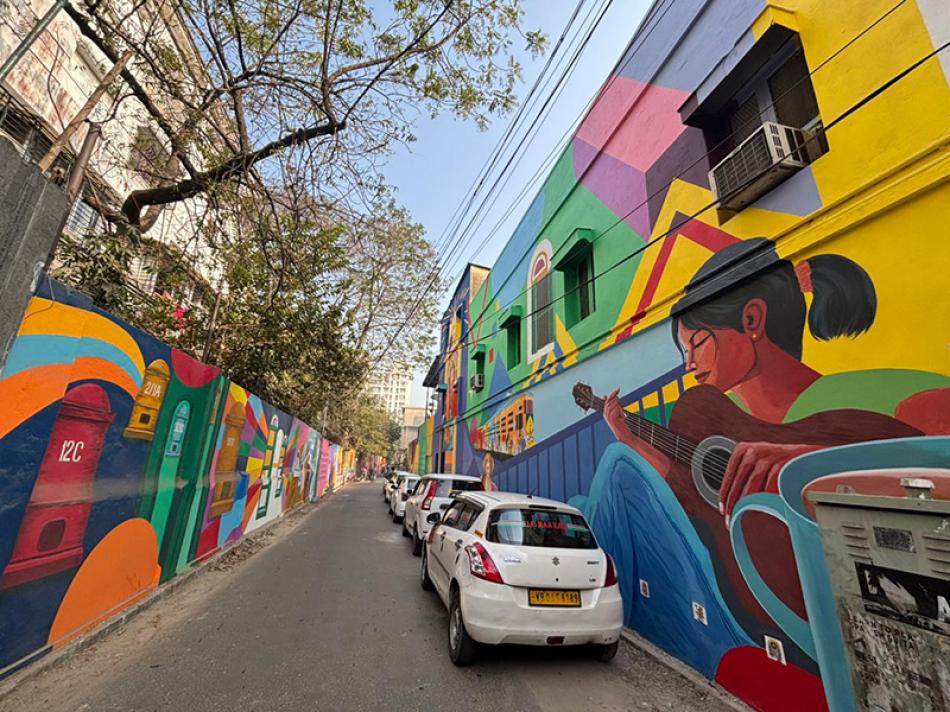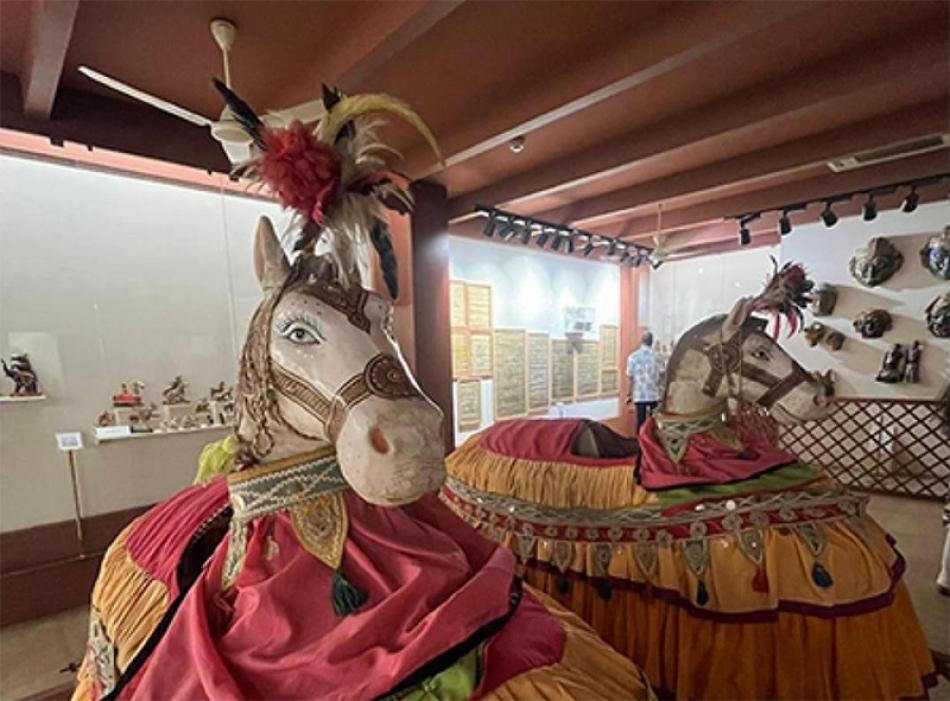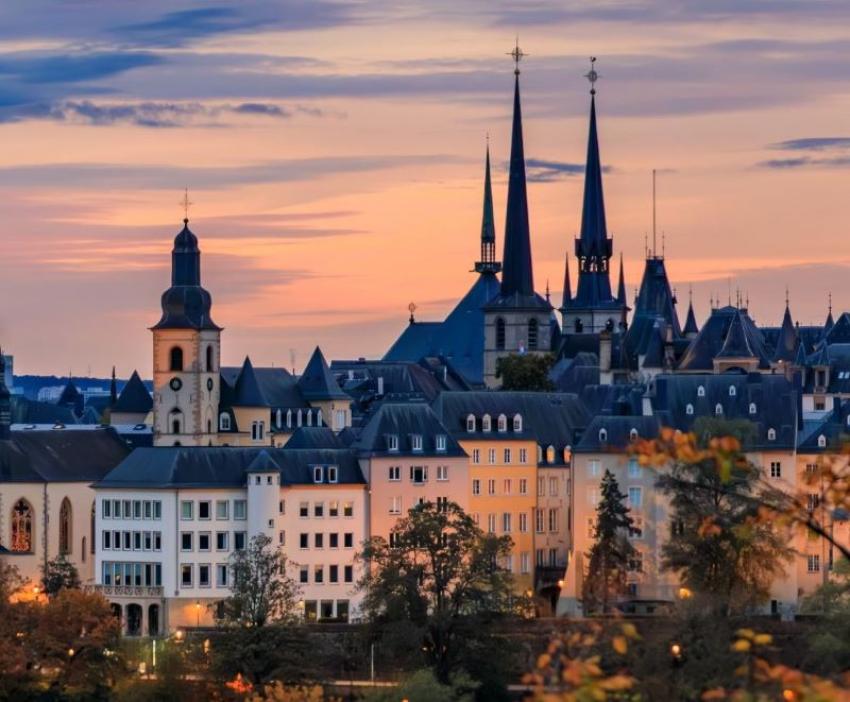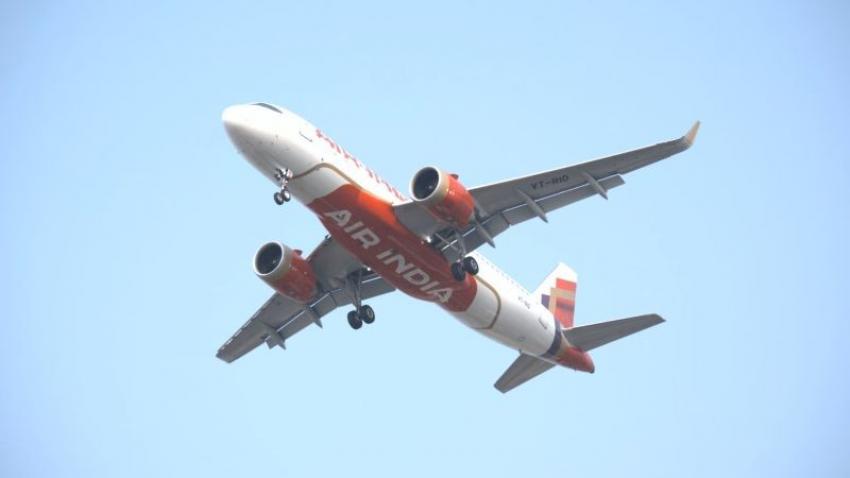By Pritha Lahiri 11 Jan 2014, 08:29 am
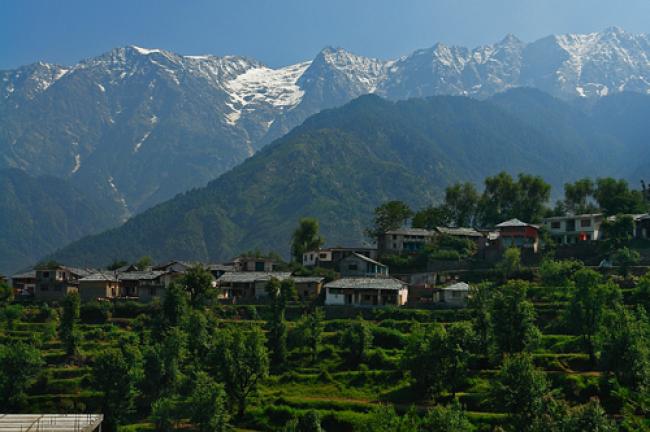
The cold was not just biting, it snapped at us. The stark Dhauladhar range was in front of us. The Railway Rest House had lovely, manicured lawns and gardens. Beyond was the pine forest with the spectacular fall colours of gold, green and red. But we were busy pulling out woolens from our bags, switching on the geyser, requesting the chowkidar to instal a large room heater and make us some tea.
As the sun gradually dipped towards the western horizon and the shadows lengthened we felt somewhat lost in that vast cold landscape.
The next morning was rewarding. Though the cold was numbing, a dazzling sun had dressed the surrounding in a resplendent weave. The barren mountains looked gold-brown. There was some snow in the higher reaches which had taken on an orange hue. The quietness was only broken by the call of birds.
After breakfast we left for Dharamshala and Mcleodganj, two bustling hill towns. There were rows upon rows of shops and eateries. The place was choc-a-bloc with tourists more interested in shopping and eating. With the setting sun we left for Palampur.
Though Palampur itself is a thriving hill station, the outskirts, where the rest house is located, are calm and serene where nature unfolds itself.
The following morning we headed for Baijnath, a temple town which lies on the Pathankot-Mandi highway (National Highway No. 20) almost midway between Kangra and Mandi.
Baijnath is famous for its 13th-century temple dedicated to Shiva as Vaidyanath, ‘the Lord of physicians’. Originally, it was known as Kiragrama. The present name Baijnath became popular after the name of the temple. The temple, constructed in 1204 A.D, has exquisite carvings.
We returned to Palampur in time for lunch. After a sumptuous repast we decided to explore the town. Palampur, which is in Kangra valley, is known as the green hill station. It is surrounded on all sides by tea gardens and pine forests before they merge with the Dhauladhar ranges. It is also the tea capital of northwest India but tea is just one aspect that makes Palampur a special interest place.
The town has derived its name from the local word pulum, meaning lots of water. There are numerous streams flowing from the mountains to the plains from Palampur. The combination of greenery and water gives Palampur a distinctive look. It is situated at a height of 1,220 meters above sea level.
We were back in the rest house when the sun was quitting for the day. Its last rays were lighting the mountains and a clutch of clouds overhead. And what magnificent colours those were. From gold to orange, brown, red and bluish-purple. It was Nature's canvas and She was painting a surreal creation.
Next we moved on to Amritsar via Pathankot. The main attraction was of course the Golden Temple.The Harmandir Sahib, also Darbar Sahib is informally referred to as the "Golden Temple". It is a prominent Sikh Gurdwara built by the fifth Sikh guru, Guru Arjan, in the 16th Century. In 1604, Guru Arjun completed the Adi Granth, the holy scripture of Sikhism, and installed it in the Gurdwara.
There are four doors to get into the Harmandir Sahib, which symbolize the openness of the Sikhs towards all people and religions. The present day Gurdwara was rebuilt in 1764 by Jassa Singh Ahluwalia with the help of other Sikh Misls. In the early nineteenth century, Maharaja Ranjit Singh secured the Punjab region from outside attack and covered the upper floors of the Gurdwara with gold, which gives it its distinctive appearance and its English name.
While in Amritsar a trip to the Wagah border is a must.
The Wagah border closing 'lowering of the flags' ceremony or The Beating Retreat ceremony is a daily military practice that the security forces of India (Border Security Force) and Pakistan (Pakistan Rangers) have jointly followed since 1959. This ceremony takes place every evening before sunset at the Wagah border, which as part of the Grand Trunk Road was the only road link between these two countries before the opening of the Aman Setu in Kashmir in 1999.
As the rituals went on I was attracted to a flock of swallows flying overhead. As I gazed on the birds flew into Pakistan. I was reminded of the smallness of Man who has chosen to live in a world which has been broken up into fragments by narrow domestic walls.
- Dia Mirza says JapanSurprises
- Shikhar Dhawan un-discovers Australia
- Journey through the frames of India
- Anthony Bourdain: The man who inspired me to move
- Pleasure of leisure
- Want to have best train ride? Visit Thailand!
- Lamp with 1001 wicks lighted in Bhopal
- Bhagoriya marks festivity of holi in tribal parts of Madhya Pradesh
- New York: Parks parks parks - from Hudson to East River
- Celebration on the streets of New York
Etihad Airways is set to introduce direct flights to Luxembourg, becoming the first airline from the Middle East to operate services to the country. Launching on Oct 29 2026, the new route will also be the only nonstop connection between Luxembourg and Abu Dhabi, linking two key centres in Europe and the Middle East, the airline said.
Lufthansa will mark its 100th anniversary in 2026, commemorating a century since the founding of the original “Luft Hansa” on January 6, 1926. The airline’s first flight followed shortly after, on April 6 of the same year, marking the beginning of what would become one of aviation’s most recognisable brands.
Tata Group-owned Air India on Tuesday announced a new, unilateral codeshare partnership with airBaltic, the flag carrier of Latvia, thus making the Baltic region more conveniently accessible for Air India customers.

